#TrustedBrandinLaser
Text
LASER PHOTONICS AS AN INDUSTRY – GENERAL

Indeed, the invention of the laser in 1960 was a pivotal moment, marking the start of the modern era of optics or photonics. This technology has since found diverse applications in various fields.
During this modern era, photonic technologies have been used in a wide variety of applications including high - speed transmission, data and image storage, process and inspection monitoring, lithography, microscopy, medical procedures, calibration, spectroscopy, surveillance technologies, laser weaponry, image projection, and importantly lighting. Absolutely, photonics technologies have made substantial contributions across a wide array of industries, impacting telecommunications, semiconductors, computers, manufacturing, medicine, entertainment, and defense. Their versatility and applicability have played a pivotal role in advancing and enhancing various aspects of these industries.
PHOTONICS AROUND THE GLOBE

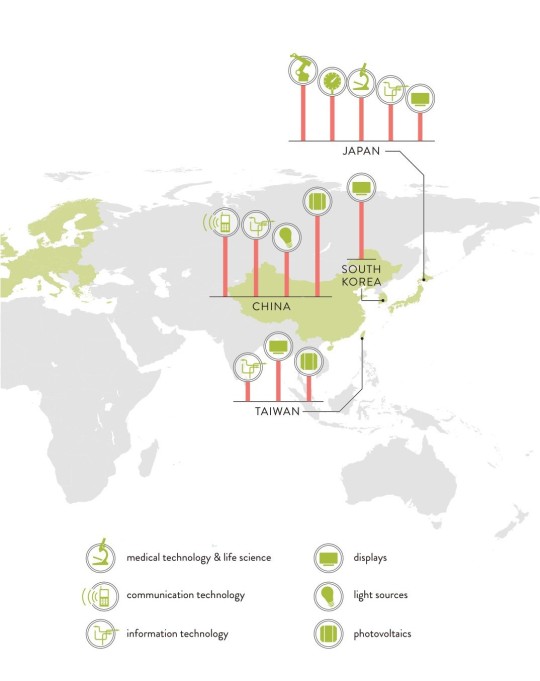
PHOTONICS SCHOOLS

ECONOMIC IMPACT OF PHOTONICS
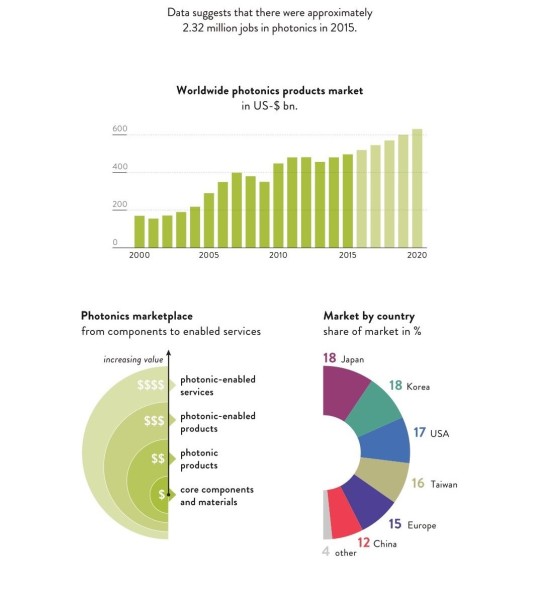
Reference: SPIE, Wikipedia, Lawrence Livermore National Laboratory, Photonics Spectra
#LaserIndustry#EconomybyLaser#LaserBlog#Informativeblog#DiamondCuttingLaserMachine#LaserDiode#DPSSLaser#IRLaser#JLT#JwalinLaser#DiamondLaserDiode#Diamond#DiamondIndustry#Diamondcuttinglaser#NaturalDiamond#LabgrownDiamond#TrustedBrandinLaser#Lasermachinery#LaserOptics#CVD#SDB#SuratDiamondBourse#laserphotonics#SPIE#Laserworldofphotonics#laserindustry#diamondcity#suratdiamondindustry#LaserTechnology#Surat
0 notes
Text
LASER PHOTONICS – UNDERSTANDING THE BASICS

“Laser” is an acronym for Light Amplification by Stimulated Emission of Radiation.
Photonics explores the characteristics and uses of photons, focusing on their role in information transfer. Practical applications include laser technologies for tasks such as cleaning, cutting, engraving, and marking in our daily lives.
The development from maser to laser marked a significant advancement in technology. Charles Hard Townes' work laid the foundation, leading to the creation of the first optical oscillator in 1957, and subsequently, the term "laser" emerged. The application for a US patent and its eventual granting in 1960 solidified the breakthrough in the field of optics and paved the way for diverse applications of lasers.
Let’s understand Laser through illustration with graphics;
WHAT IS PHOTONICS?

SMALLEST POINTS
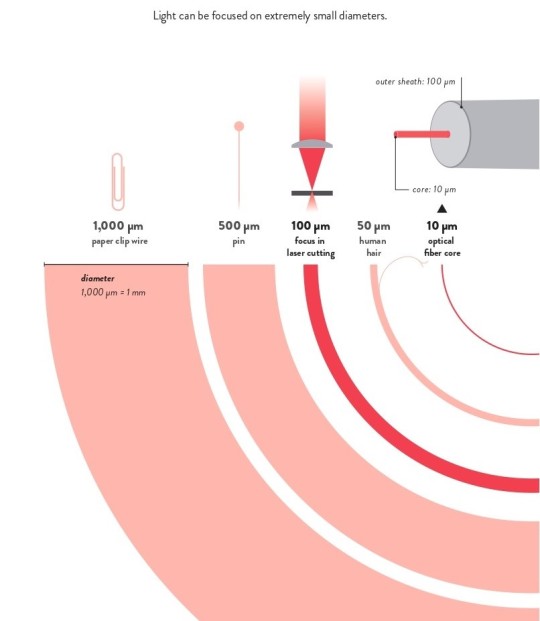
HIGHEST VELOCITY

SHORTEST TIMES
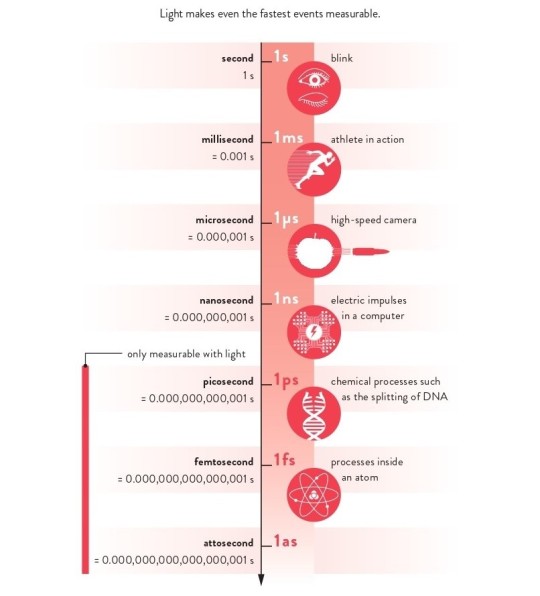
HIGHEST POWER
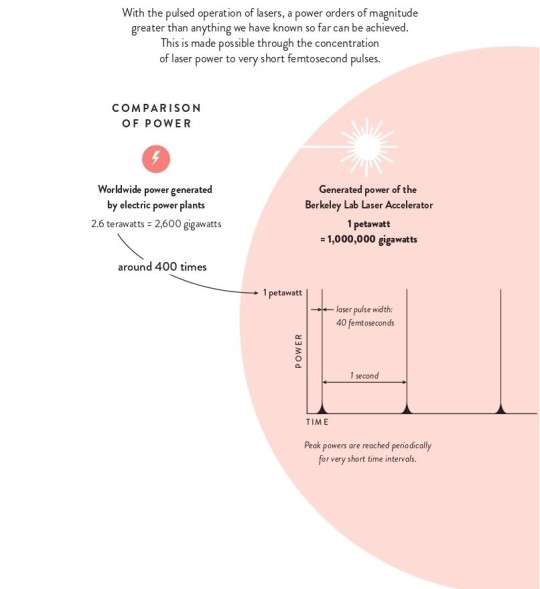
LASER TYPES
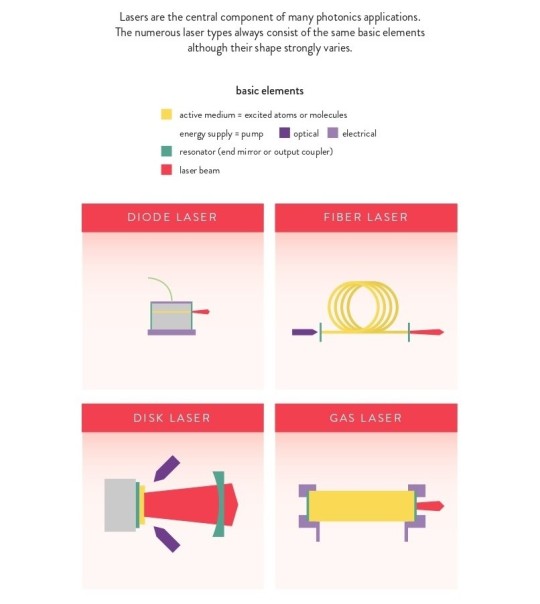
Reference: SPIE, Wikipedia, Lawrence Livermore National Laboratory, Photonics Spectra
#BasicsofLaser#LaserBlog#Informativeblog#DiamondCuttingLaserMachine#LaserDiode#DPSSLaser#IRLaser#JLT#JwalinLaser#DiamondLaserDiode#Diamond#DiamondIndustry#Diamondcuttinglaser#NaturalDiamond#LabgrownDiamond#TrustedBrandinLaser#Lasermachinery#LaserOptics#CVD#SDB#SuratDiamondBourse#laserphotonics#SPIE#Laserworldofphotonics#laserindustry#diamondcity#suratdiamondindustry#LaserTechnology#Surat#India
0 notes
Text
LASER TECHNOLOGY FOR DIAMOND CUTTING PROCESS

The history of diamond processing and the development of laser technology indeed intersect at various points, leading to significant advancements in diamond cutting and various industries.
Diamond processing has a long history, dating back centuries. Traditional diamond cutting involved labor-intensive methods, and it wasn't until the invention of the diamond saw in the 15th century that significant progress was made in shaping diamonds. However, these methods were limited in precision and speed.
In the 20th century, the emergence of laser technology marked a turning point in diamond processing. Albert Einstein's work in the early 20th century, particularly his theoretical groundwork on stimulated emission of radiation, laid the foundation for the development of lasers. His concepts were essential in understanding the principles of how lasers function.
In 1960, Theodore H. Maiman created the first functional laser at Hughes Research Laboratories. Maiman used a synthetic ruby crystal to produce coherent light in the red part of the spectrum, demonstrating the principle of a working laser. This breakthrough paved the way for further advancements in laser technology and its applications across various industries.
The utilization of lasers in diamond processing revolutionized the industry. Lasers offered precise cutting capabilities that were not achievable with traditional methods. They allowed for intricate and detailed cuts in diamonds with minimal waste, improving both the quality and efficiency of diamond processing.
With the adoption of laser technology in diamond cutting, jewelers and manufacturers could create more complex designs and achieve higher precision in shaping diamonds, enhancing their brilliance and overall aesthetic appeal.
The convergence of advancements in both diamond processing and laser technology in the 20th and 21st centuries significantly transformed the diamond industry, leading to more efficient and precise methods of cutting and shaping diamonds, ultimately benefiting various sectors, including jewelry, manufacturing, and technology.
#LaserBlog #Informativeblog #DiamondCuttingLaserMachine #LaserDiode #DPSSLaser #IRLaser #JLT #JwalinLaser #DiamondLaserDiode #Diamond #DiamondIndustry #Diamondcuttinglaser #NaturalDiamond #LabgrownDiamond #TrustedBrandinLaser #Lasermachinery #LaserOptics #CVD #SDB #SuratDiamondBourse #laserphotonics #Laserworldofphotonics #laserindustry #diamondcity #suratdiamondindustry #LaserTechnology #Surat #India
1 note
·
View note